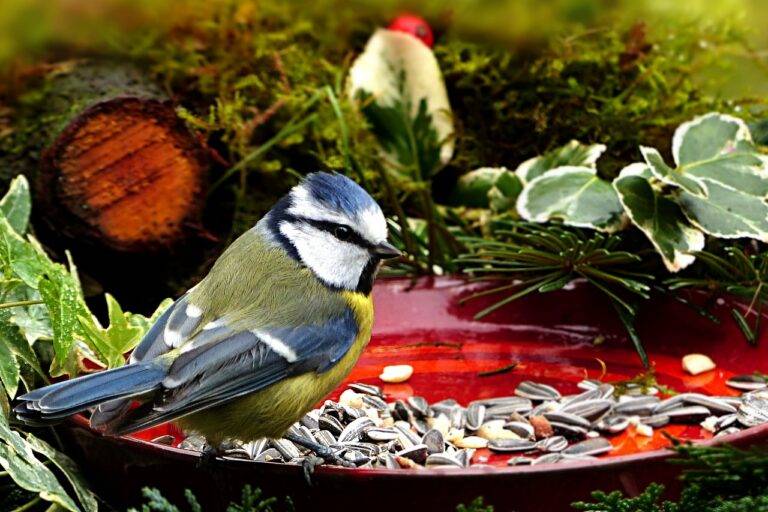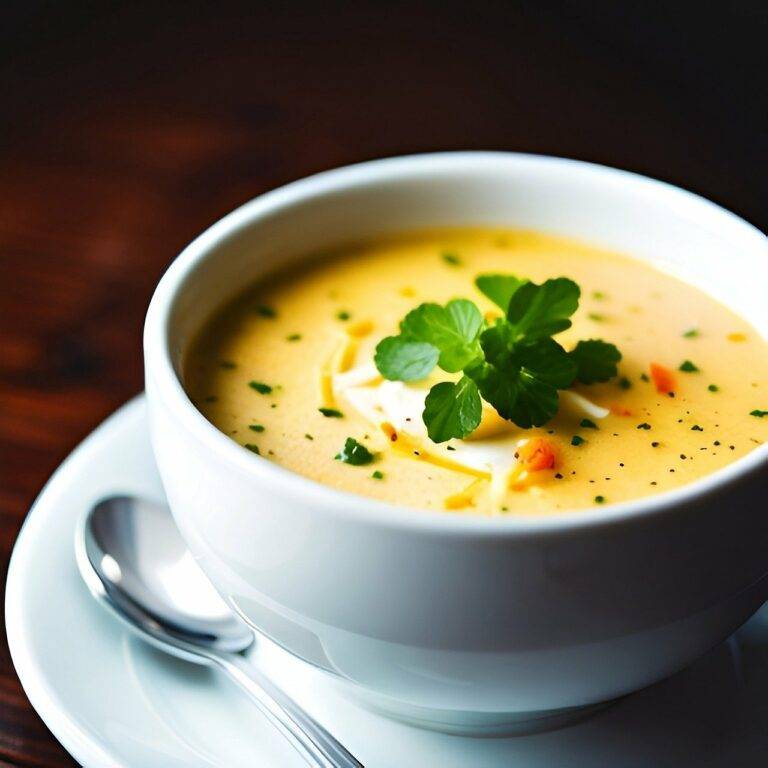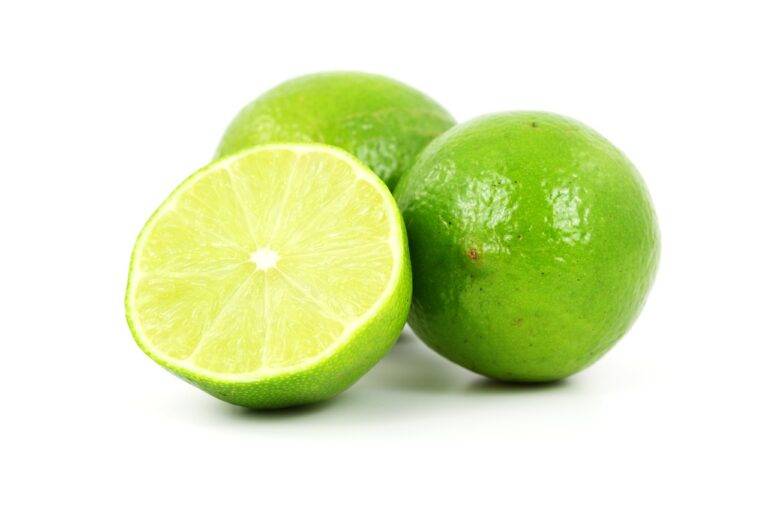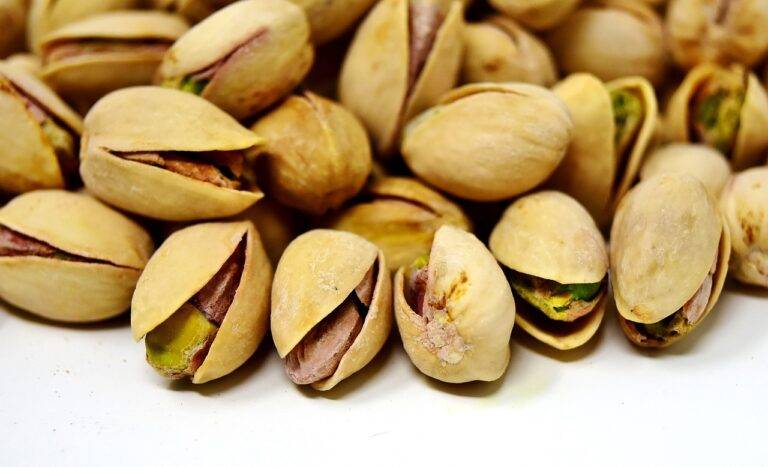The Art of Food Writing: Capturing Flavor on the Page
To craft a mouth-watering food description, it is pivotal to focus on the sensory experience that the dish evokes. Highlight the vibrant colors, enticing aromas, and tantalizing textures of the ingredients to bring the dish to life in the reader’s mind. The use of descriptive adjectives such as succulent, crispy, velvety, or fragrant can intensify the sensory appeal of the food being described.
Furthermore, incorporating details about the origin of the ingredients, the cooking method employed, and any special seasonings or sauces can add depth to the food description. By providing specific information about the components of the dish and how they are prepared, you can paint a vivid picture that not only appeals to the reader’s taste buds but also engages their imagination.
Crafting Vivid Descriptions of Food
When creating vivid descriptions of food, it is essential to engage all the senses of the reader. Instead of just listing the ingredients, focus on the aroma wafting from the dish, the tantalizing colors on the plate, the delightful sounds of sizzling or bubbling, and the textures that can be felt with each bite. By painting a multi-sensory picture with words, you can transport your audience right into the heart of the culinary experience.
Incorporating descriptive adjectives in your food descriptions can truly elevate the dining experience for your readers. Instead of simply saying a dish is “delicious,” try to use more specific language like “succulent,” “crispy,” “creamy,” or “spicy” to give a clearer idea of the flavor profile. Use adjectives that evoke emotions and sensations, helping your audience imagine the taste and feel of the dish even before they take a bite.
How can I make my food descriptions more appealing?
To make your food descriptions more appealing, try to incorporate sensory language that appeals to the reader’s senses of taste, smell, and sight. Describe the aroma, texture, and flavors of the food in detail.
What are some common mistakes to avoid when describing food?
Some common mistakes to avoid when describing food include using cliches, being overly verbose, and relying too heavily on adjectives without providing specific details about the food.
How can I make my food descriptions more engaging for the reader?
To make your food descriptions more engaging, consider including personal anecdotes or stories related to the food, as well as cultural or historical background information that adds depth to the description.
Should I include nutritional information in my food descriptions?
While it’s not necessary to include detailed nutritional information in your food descriptions, you can mention key ingredients or health benefits of certain foods if it enhances the overall description.
How can I practice and improve my skills in crafting vivid food descriptions?
One way to practice and improve your skills in crafting vivid food descriptions is to regularly write descriptive passages about different meals or dishes, and seek feedback from others to help refine your writing.





